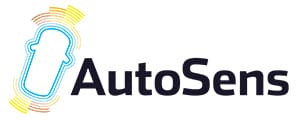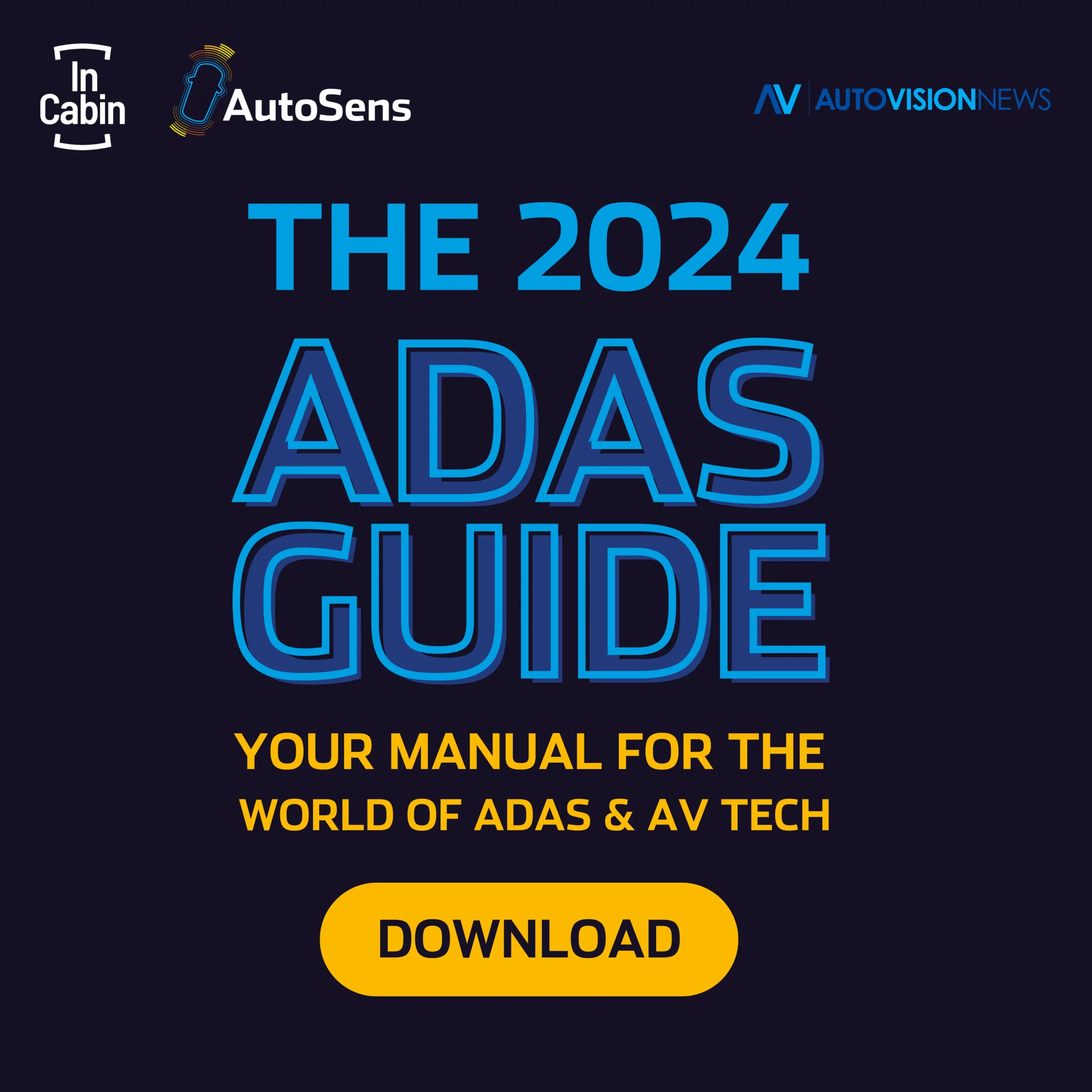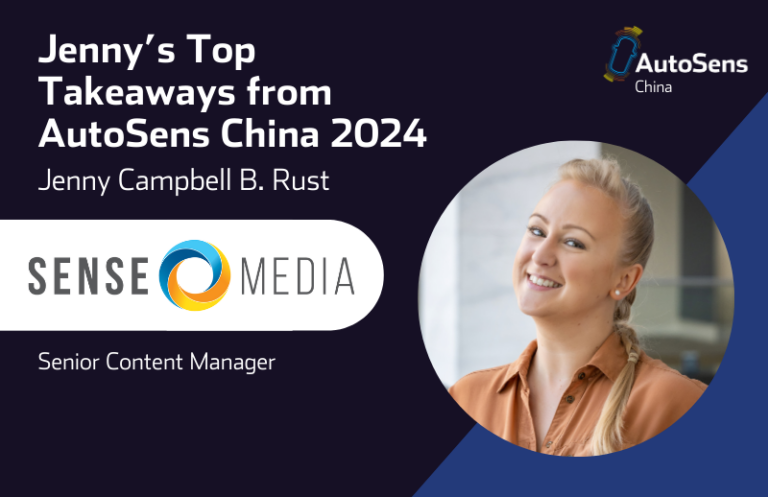 We caught up with Luc Van Gool, Leader of Toyota Research on Automated Cars in Europe. He is taking to the stage in Brussels at AutoSens, discussing “Looking ahead with computer vision.”
We caught up with Luc Van Gool, Leader of Toyota Research on Automated Cars in Europe. He is taking to the stage in Brussels at AutoSens, discussing “Looking ahead with computer vision.”
In which specific areas is Computer Vision still not meeting required standards for automotive?
Depends on the level of automation. If a human is supposed to not intervene at all, pretty much all aspects of computer vision still need improving. Part of that can come via sensor fusion, part via the use of precise maps, while at the same time computer vision algorithms pure are being improved further.
TRACE operates across a number of universities. Do you feel that there are enough academic programmes to fill OEM requirements for engineers in the field of CV?
I think the problem is not car-specific. Currently, we are going through a phase where industry is in great need of computer vision researchers with experience in deep learning. Only students coming out of university recently come with this background. That creates enormous pressure on this segment of the labor market.
How important is development of cross-industry standards for measurement of system performance in the context of application of CV in production vehicles?
As always, cross-industry standardization would be a big plus. It will be important to think of the situation where maybe people will still need to get driver’s licenses, but certainly the cars. That will require objective testing, according to carefully
prescribed testing situations. A particular challenge, in the wake of any accident that then may still occur, will be that our current deep neural nets don’t allow for much introspection on why decisions were taken by the car.
Hear from Luc Van Gool at AutoSens on 20 September, discussing “Looking ahead with computer vision”






